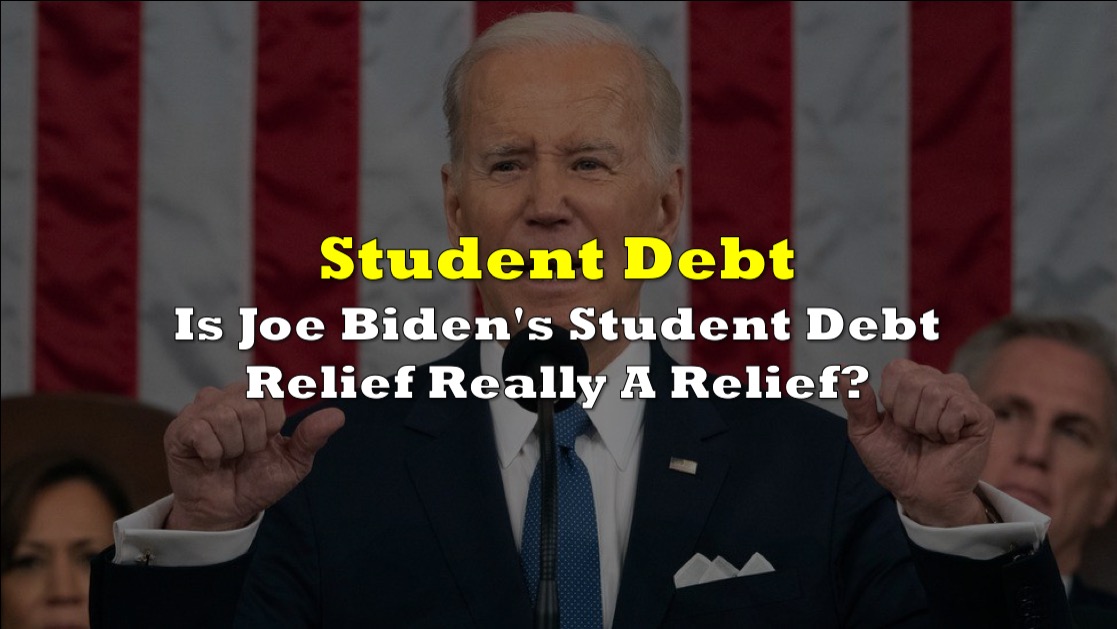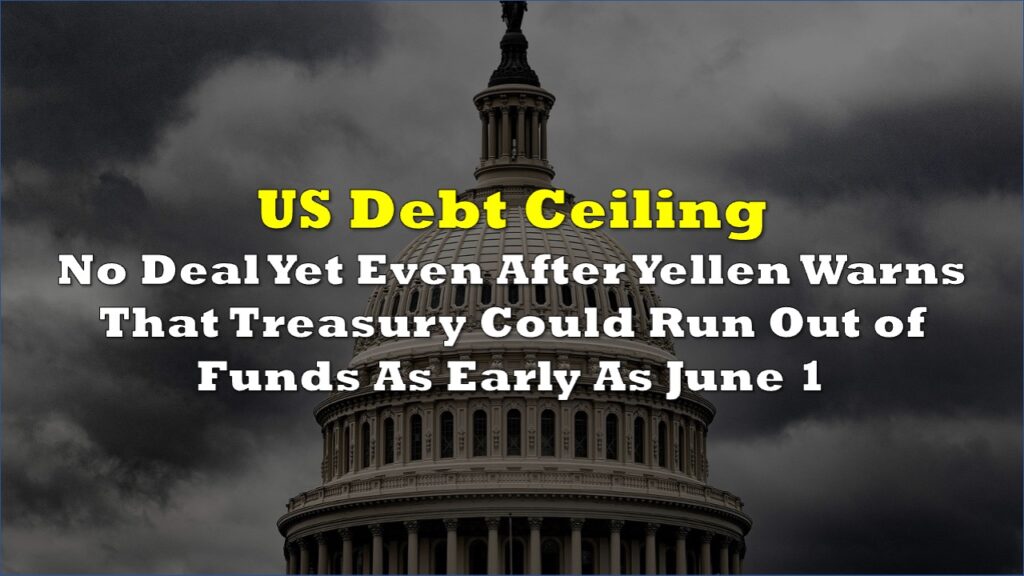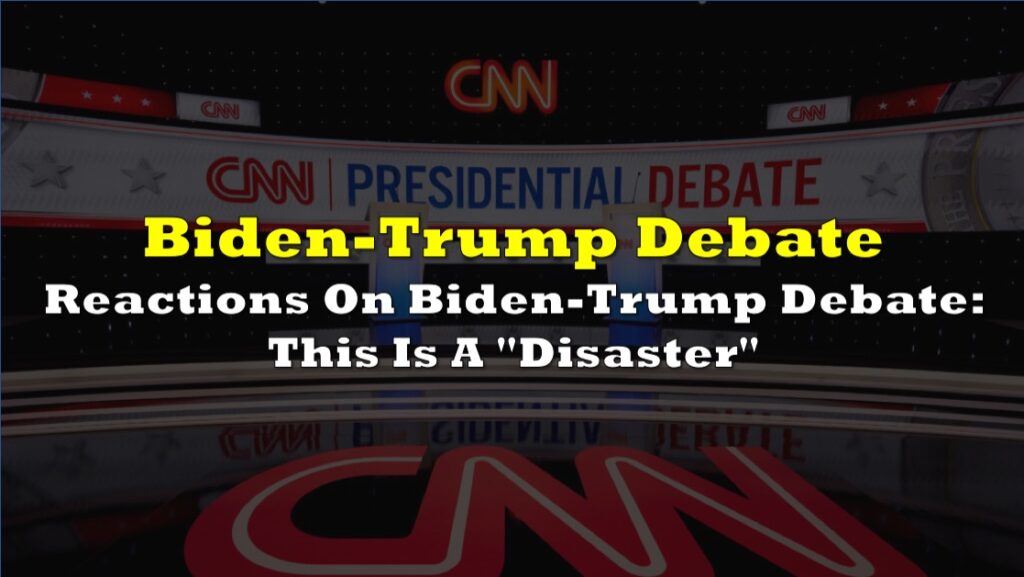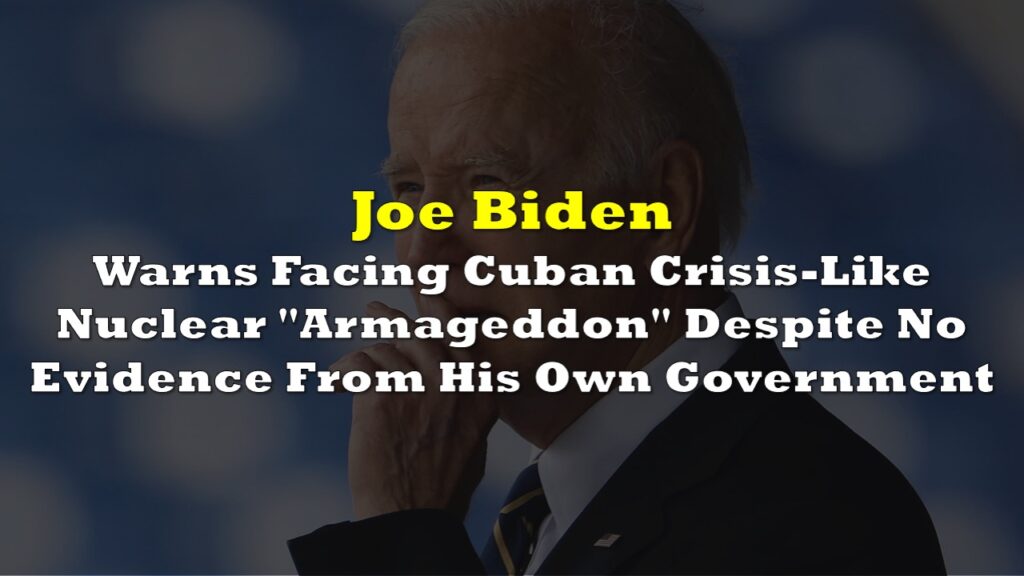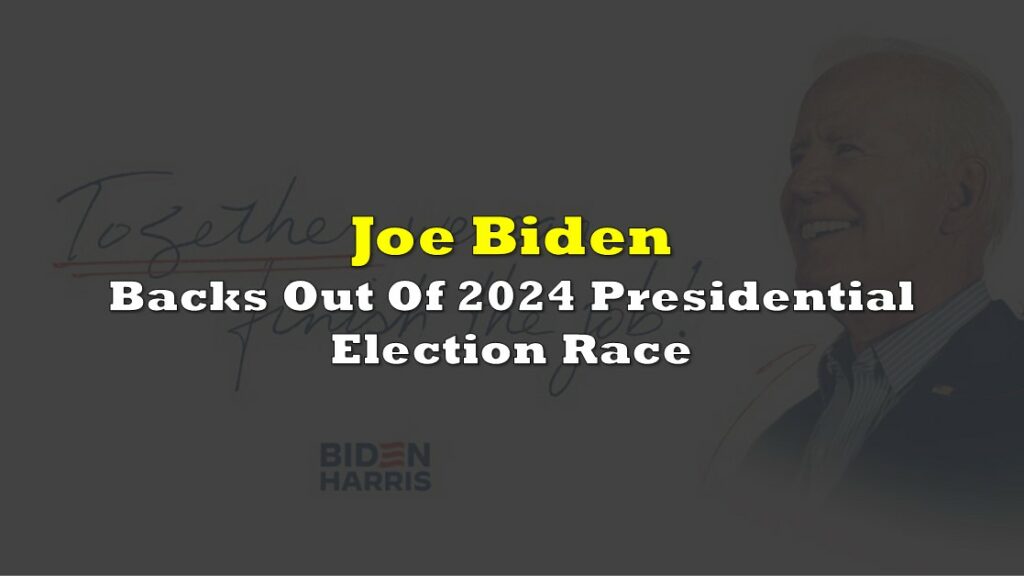US President Joe Biden’s plan to cancel student loans held by 40 million Americans was met with skepticism by the Supreme Court on Tuesday, with the fate of his campaign promise hanging in the balance.
The nine justices heard arguments in Biden’s administration’s appeals of two lower court rulings that blocked the program he introduced last August in legal challenges by six conservative-leaning states and two individual student loan borrowers who were objecting to the plan’s qualifying restrictions.
The White House announced in August the plan to reduce by $10,000 the federal student loan debts of those with family income of $125,000 or less.
A Liberty Street Economics study calculated that cancelling $10,000 of debt per borrower could cost the government around US$321 billion. This also eliminates the debt for roughly 12 million people.
The cost would be on top of the already approximately $32 billion canceled student loan debt for 1.6 million borrowers from widening the requirements of student relief programs.
Chief Justice John Roberts questioned whether the magnitude of the relief was merely a modification of an existing student loan program, as permitted under the law cited by the administration as enabling it.
“We’re talking about half a trillion dollars and 43 million Americans. How does that fit under the normal understanding of ‘modify’?” Roberts asked.
The policy, designed to alleviate financial difficulties on debt-stricken debtors, was scrutinized by the court using the so-called major questions doctrine, a tough judicial method used by conservative justices to strike major administration policies perceived to lack clear congressional authorization.
Justice Samuel Alito questioned whether members of Congress would see “what the government proposes to do with student loans as a major question or something other than a major question,” as US Solicitor General Elizabeth Prelogar said.
According to Justice Alito, the administration obviously believes that when it comes to paying out benefits, “a trillion dollars here and a trillion dollars there doesn’t really make much difference to Congress,” adding that this hardly sounded “very sensible.”
“Of course, we acknowledge that this is an economically significant action,” Prelogar said. “But I think that can’t possibly be the sole measure for triggering application of the major questions doctrine.”
Justice Neil Gorsuch meanwhile questioned Education Secretary Miguel Cardona’s competency in proposing a policy with such broad economic implications.
“I understand the secretary has considerable expertise when it comes to educational affairs, but in terms of macroeconomic policy, do we normally assume that every cabinet secretary—learned as they are—has that kind of knowledge?” asked Justice Gorsuch.
The liberal side of the bench noted, however, that when Congress authorized the education secretary to respond to national emergencies by waiving or modifying legal provisions “applicable to the student financial assistance programs” so that borrowers were not worse off financially, debt cancellation was obviously part of the equation.
“Congress doesn’t get much clearer than that,” Justice Elena Kagan said. “We do congressional statutes every day that are really confusing. This one is not,” she said, referring to the program’s basis in a 2003 statute called the Heroes Act.
The Higher Education Relief Opportunities for Students Act, or HEROES Act, enacted in 2003, empowers the U.S. education secretary to “waive or modify” student financial aid during war or national emergencies.
The Biden administration, for its part, argued that the issue shouldn’t have come before the court at all because the six Republican-led states that filed one of the two cases argued Tuesday, as well as the two individual borrowers who filed the second, weren’t harmed by the debt-relief program and thus lacked legal standing to sue.
According to Prelogar, loan servicers who would lose money due to debt forgiveness would have such standing. She added that no one had really challenged the program, throwing doubt on arguments that Missouri could sue on behalf of a state-affiliated student loan organization that had disassociated itself from the complaint.
Justices weigh in
While the issue is about interpreting legislation, the justices’ views on the underlying policy were expressed at times on Tuesday.
Justice Sonia Sotomayor stated that the program will benefit millions of students, adding that “many of them do not have assets sufficient to bail them out after the pandemic.”
“And what you’re saying is now we’re going to give judges the right to decide how much aid to provide them,” she remarked to James Campbell, the Nebraska solicitor general defending the state plaintiffs.
Chief Justice Roberts, on the other hand, emphasized the suffering that people who did not incur school debt faced. Consider a high-school graduate who borrowed money to start a lawn-care service, while a classmate went to college on a student loan, he added.
“We know statistically that the person with the college degree is going to do significantly financially better over the course of life than the person without, and then along comes the government and tells that person, you don’t have to pay your loan,” he said. “Nobody is telling the person who is trying to set up the lawn-service business that he does not have to pay his loan even though his tax dollars are subsidizing his classmate.”
While Justices Brett Kavanaugh and Amy Coney Barrett expressed some dissatisfaction with the loan program, they focused on procedural issues such as legal standing and the education secretary’s specific responsibility for student financial aid, implying that they may cast pivotal votes for the program’s future.
“Some of the biggest mistakes in the court’s history were deferring to assertions of executive emergency power. Some of the finest moments in the court’s history were pushing back against presidential assertions of emergency power,” Justice Kavanaugh said.
Yet, he highlighted that the court has drawn narrow limits in terms of the executive’s powers during the pandemic. The administration, he added, contended that student loan forgiveness was “right in the wheelhouse of what the secretary of education would normally be expected to do,” contrasting it with the Centers for Disease Control and Prevention’s eviction moratorium, which the court overturned.
Justice Barrett delved into the legal standing arguments advanced by both the states and individual borrowers, who claim they were unable to reap the full benefits of the program.
“Could someone who finished paying their loans off right last year sue because they were disappointed that they weren’t included for reimbursement?” Justice Barrett asked.
Decisions on Biden v. Nebraska and Department of Education v. Brown are likely before July.
Information for this briefing was found via The Wall Street Journal, Reuters, and the sources mentioned. The author has no securities or affiliations related to this organization. Not a recommendation to buy or sell. Always do additional research and consult a professional before purchasing a security. The author holds no licenses.

